Report this entry
More from the same community-collection
Photography by Jorge Armando Cuevas Hernández
There is nothing more pleasing and rewarding than witnessing the ...
Photography by Jorge Armando Cuevas Hernández
There is nothing more pleasing and rewarding than witnessing the ...
Photography by Jorge Arreola Barraza
There is nothing more pleasing and rewarding than witnessing the ...
Photography by Jorge Arreola Barraza
There is nothing more pleasing and rewarding than witnessing the ...
Photography by José Antonio Hernández Zamora
There is nothing more pleasing and rewarding than witnessing the ...
Photography by José Antonio Hernández Zamora
There is nothing more pleasing and rewarding than witnessing the ...
Photography by Jose Carlos Aldama
There is nothing more pleasing and rewarding than witnessing the ...
Photography by Jose D. Sarinana
There is nothing more pleasing and rewarding than witnessing the ...
Photography by Jose D. Sarinana
There is nothing more pleasing and rewarding than witnessing the ...
Photography by Jose Luis Moriel Ruiz
There is nothing more pleasing and rewarding than witnessing the ...
Photography by Jose Luis Moriel Ruiz
There is nothing more pleasing and rewarding than witnessing the ...
Photography by Jose Luis Moriel Ruiz
There is nothing more pleasing and rewarding than witnessing the ...
Photography by Jose Luis Moriel Ruiz
There is nothing more pleasing and rewarding than witnessing the ...
Photography by Juan Carlos Mata Franco (Carlos Mata)
There is nothing more pleasing and rewarding than witnessing the ...
Photography by Juan Gilberto Salazar García (Juan Salazar)
There is nothing more pleasing and rewarding than witnessing the ...
Photography by Juan Gilberto Salazar García (Juan Salazar)
There is nothing more pleasing and rewarding than witnessing the ...
Photography by Juan José Ortega Morales
There is nothing more pleasing and rewarding than witnessing the ...
Photography by Juan José Ortega Morales
There is nothing more pleasing and rewarding than witnessing the ...
Photography by Juan Pablo Quinones
There is nothing more pleasing and rewarding than witnessing the ...
Photography by Juan Pablo Quinones
There is nothing more pleasing and rewarding than witnessing the ...
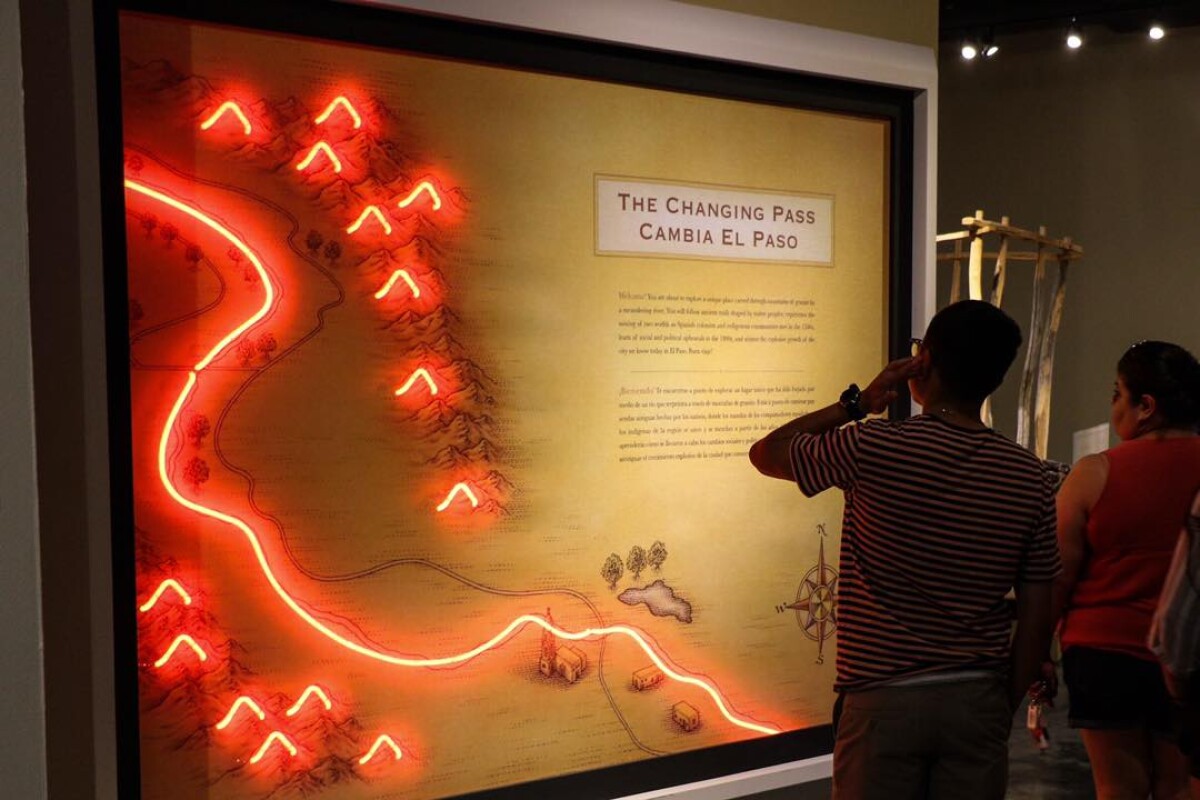
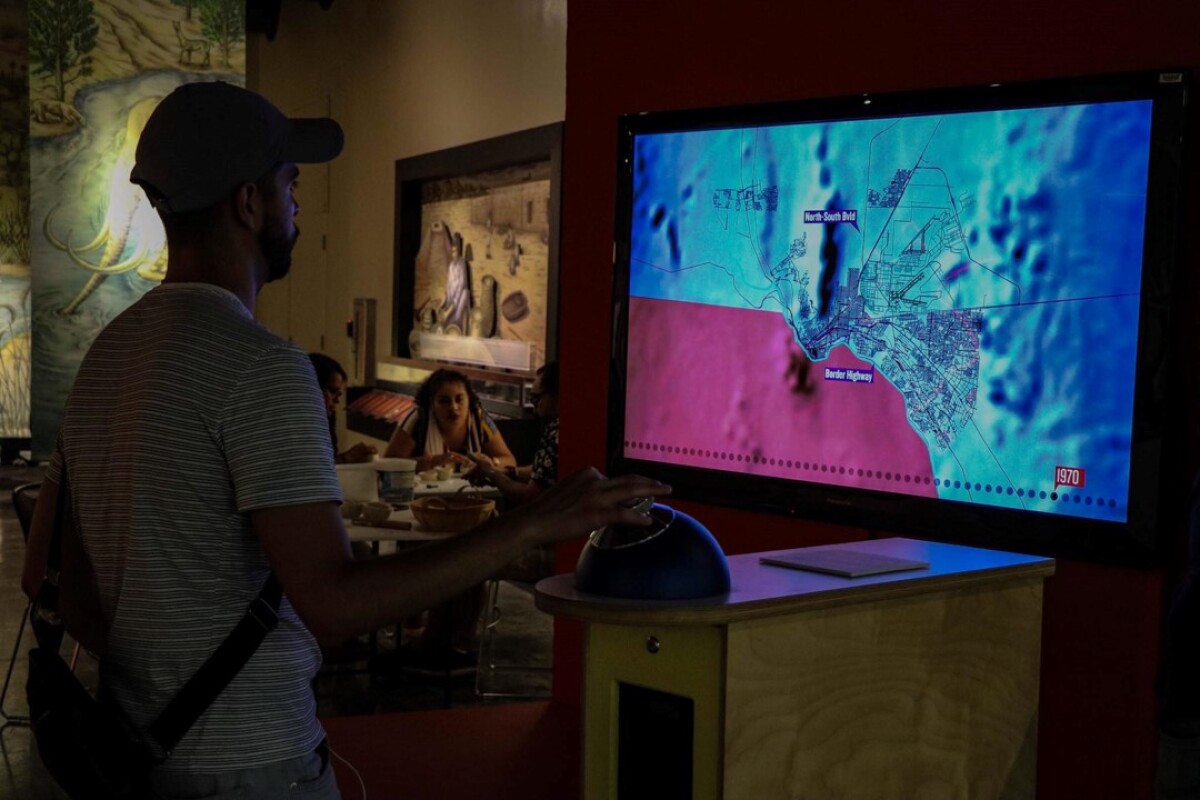
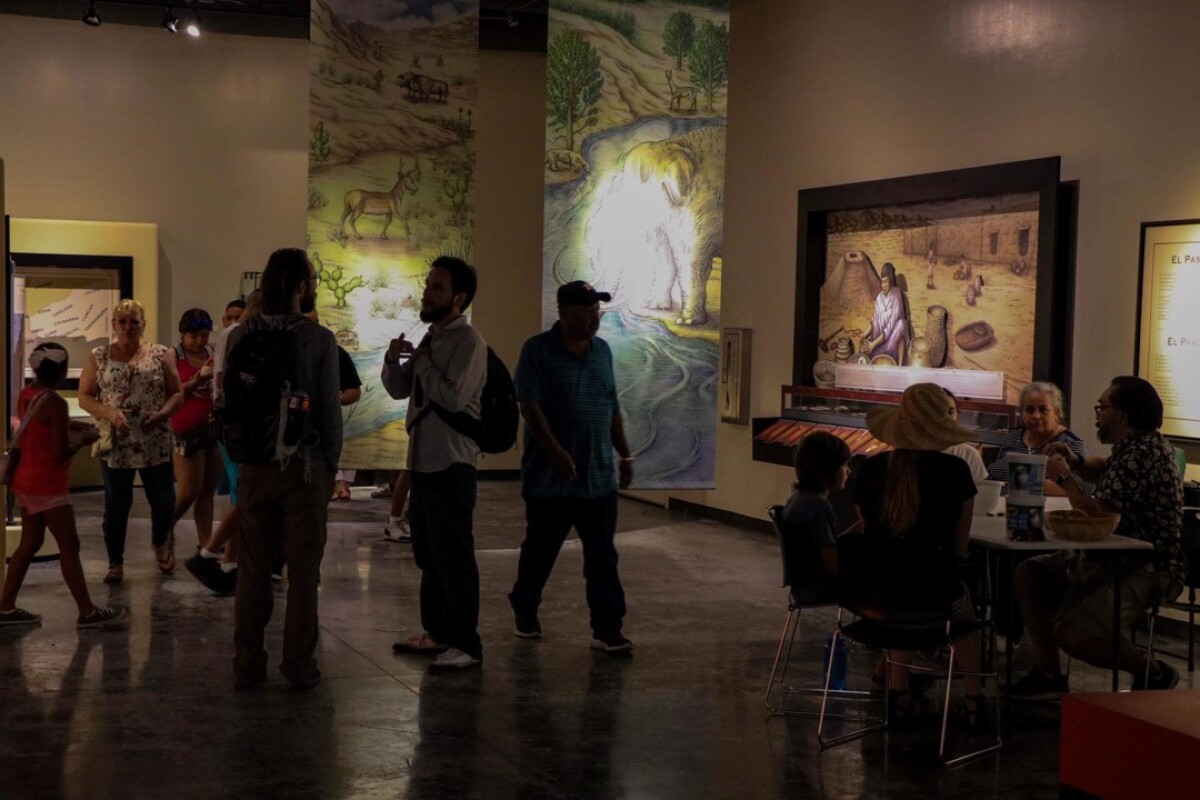
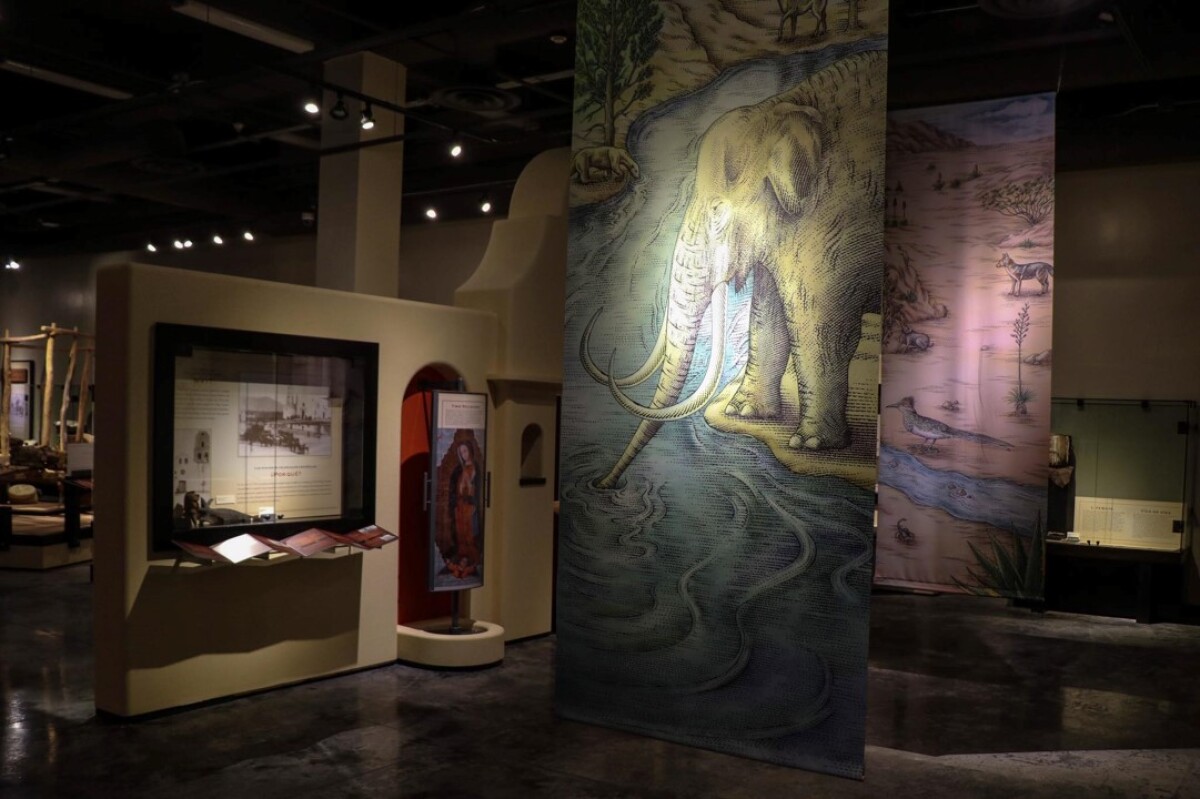
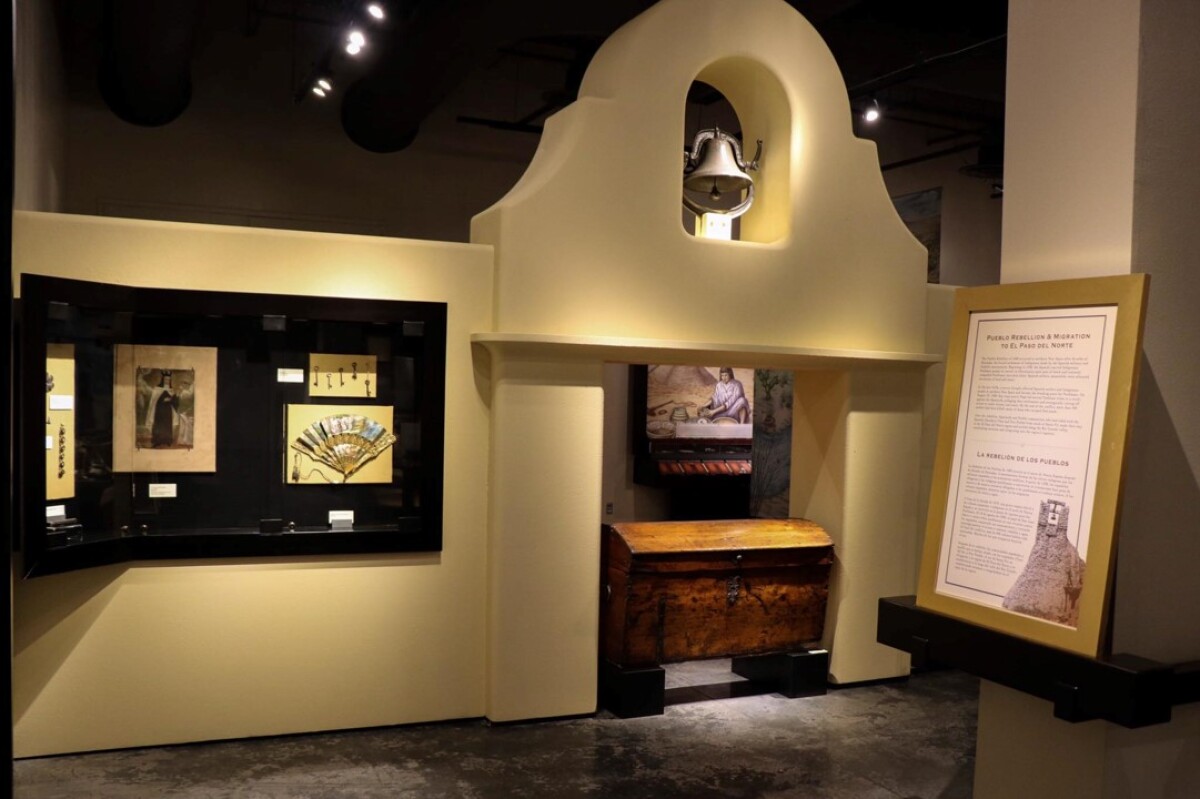
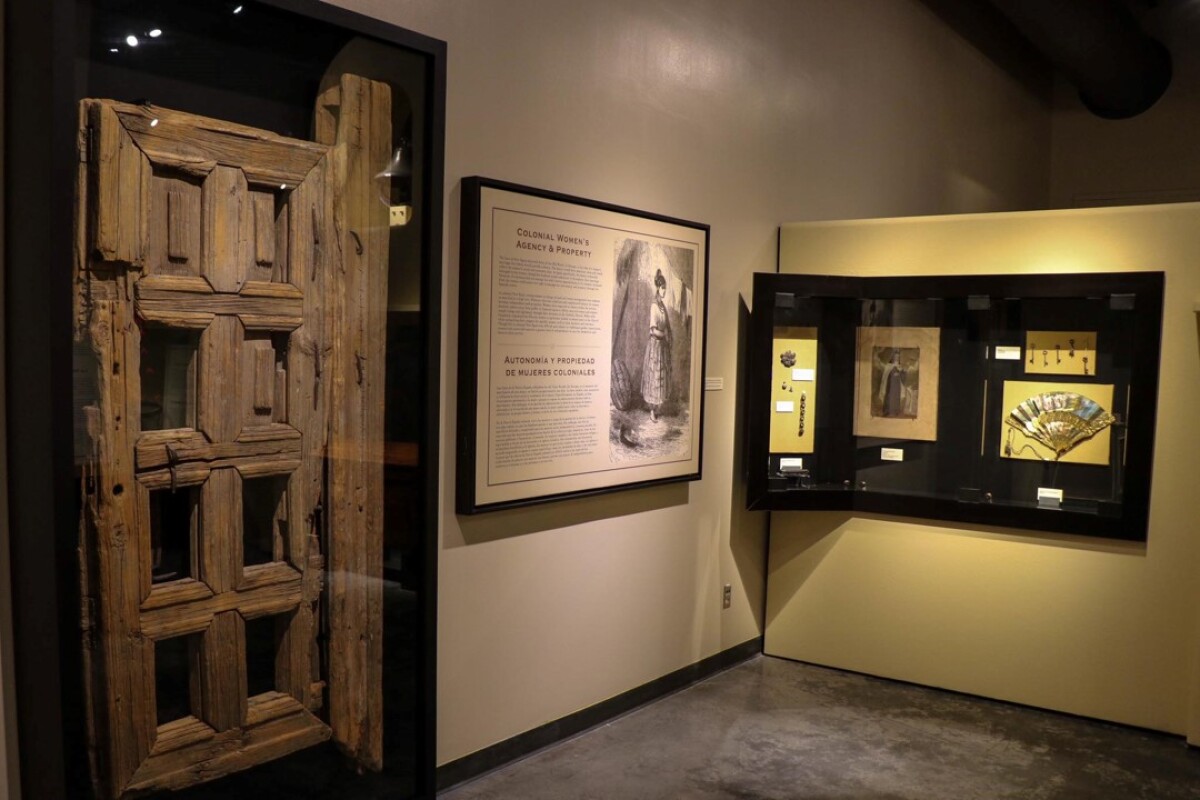
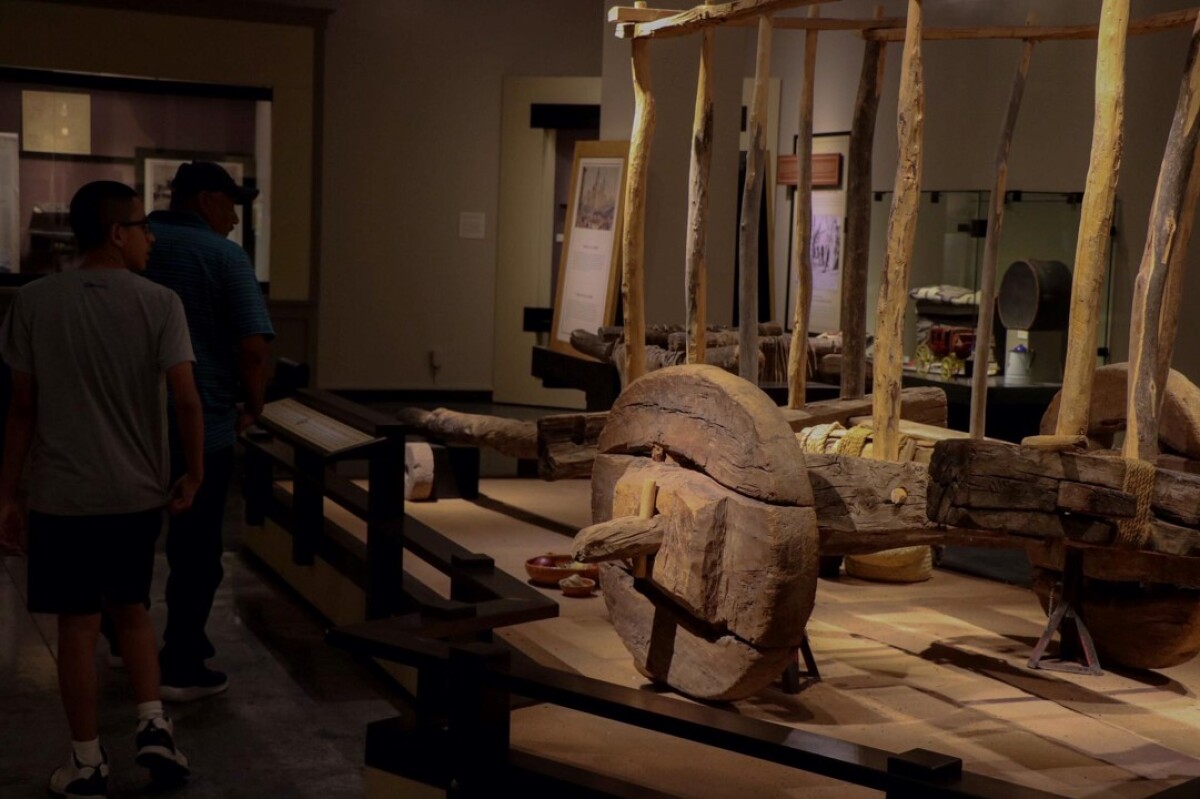
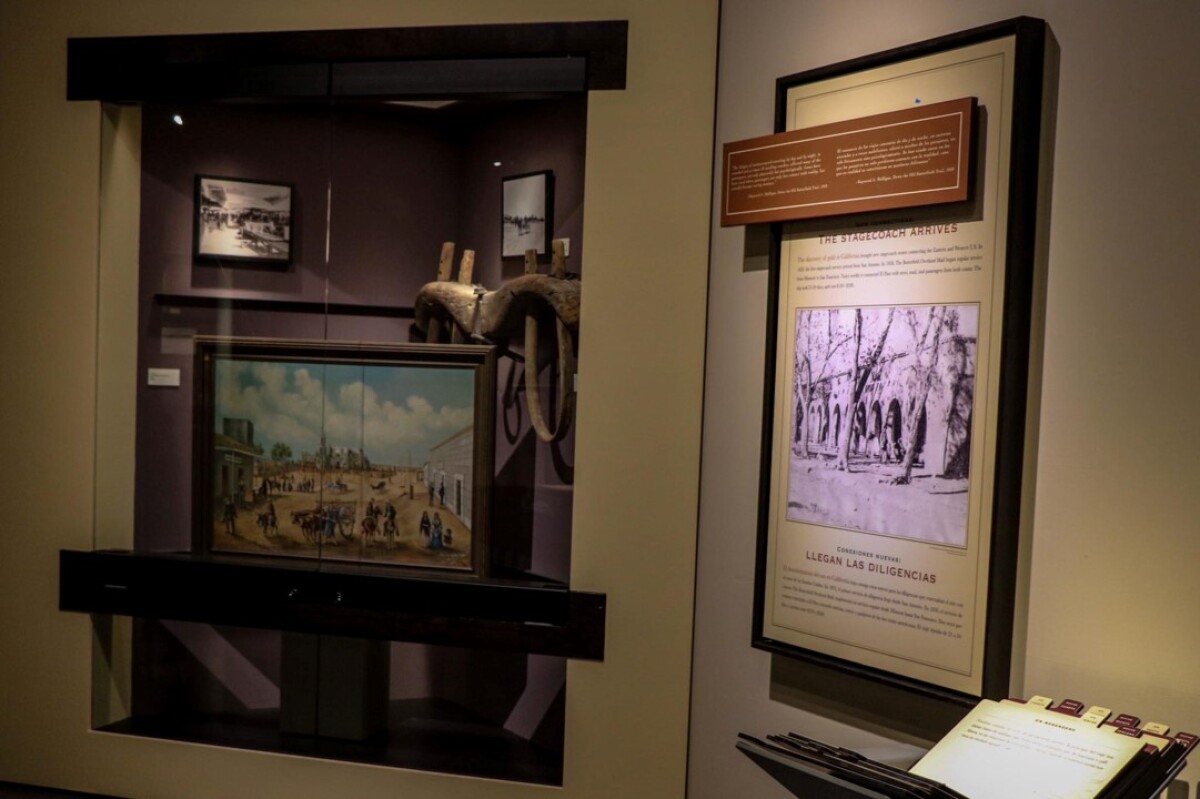
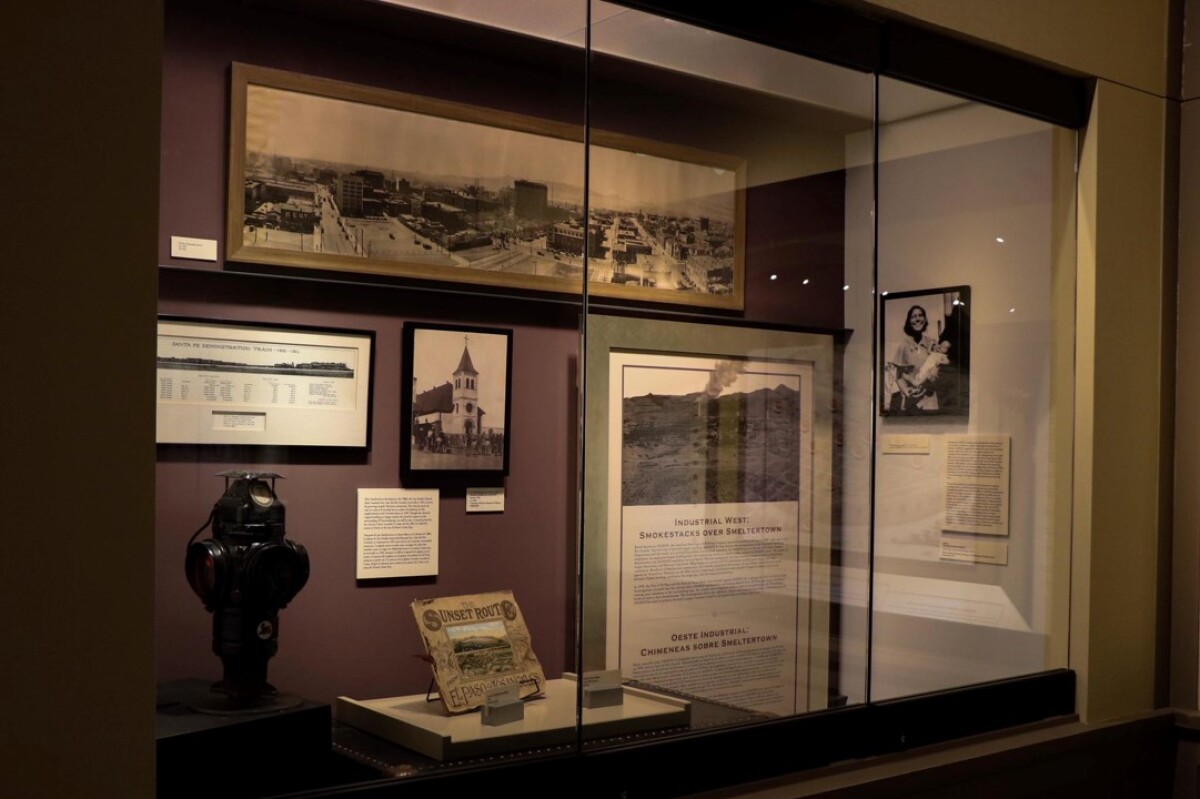
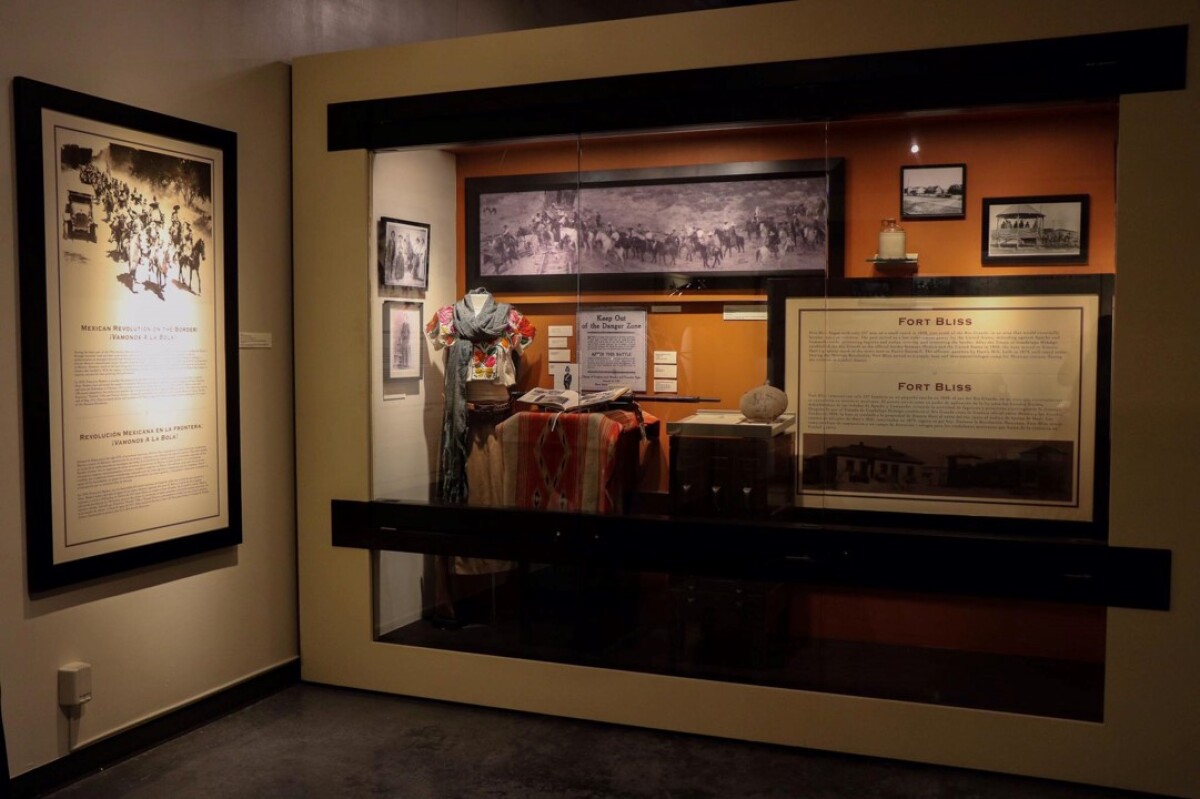
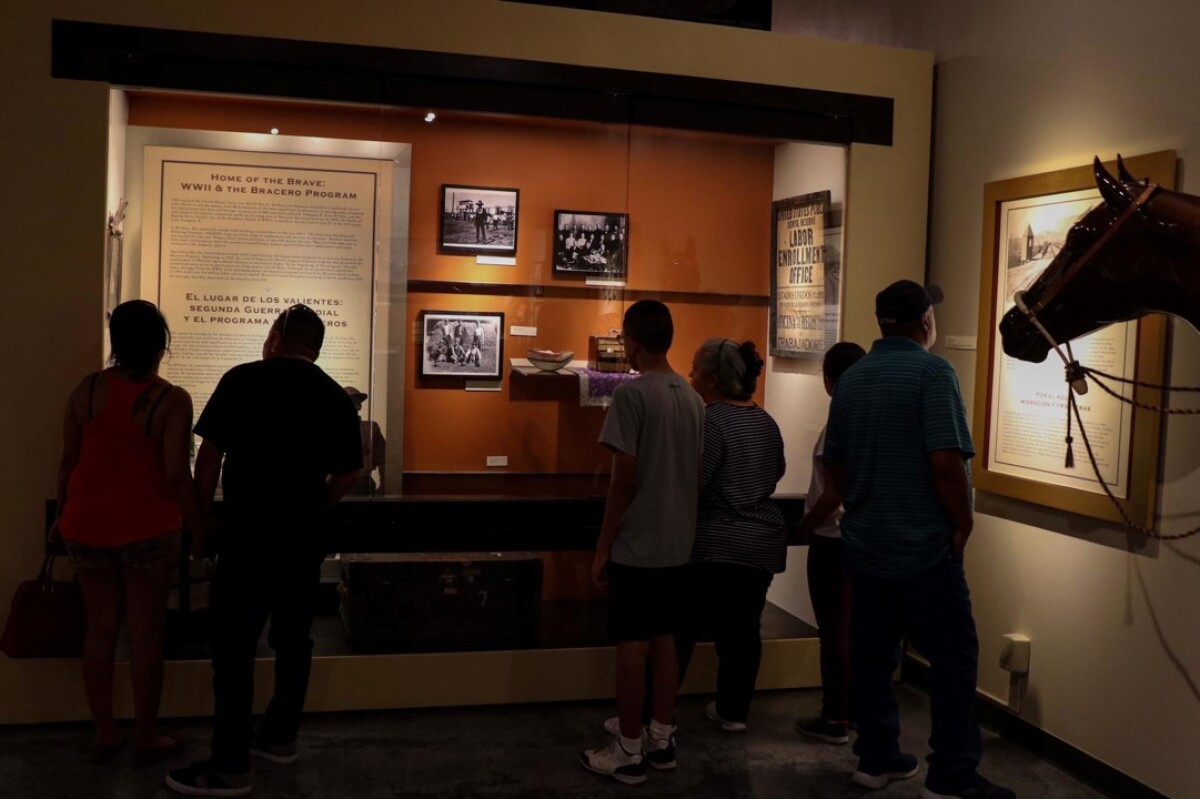

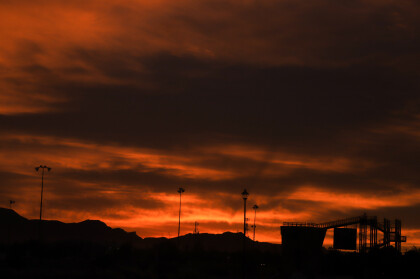
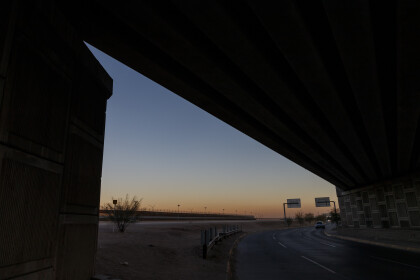
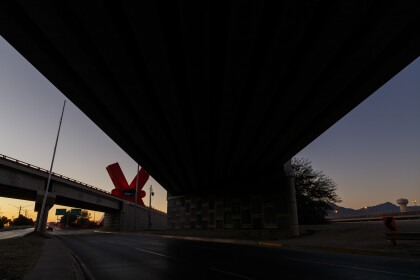
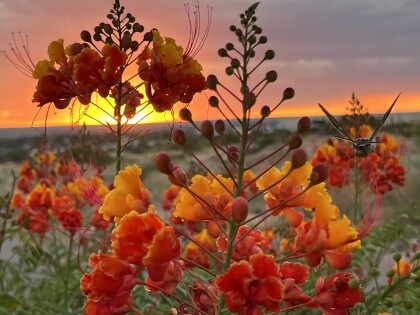
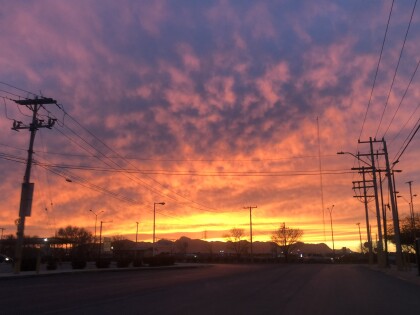
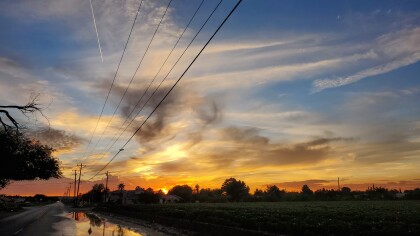

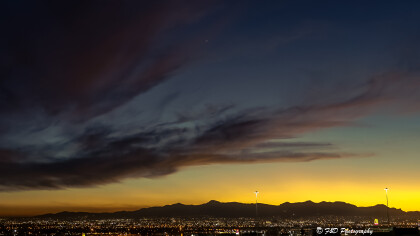
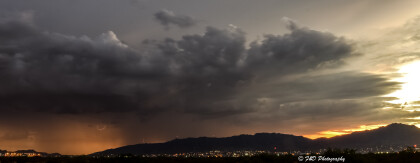



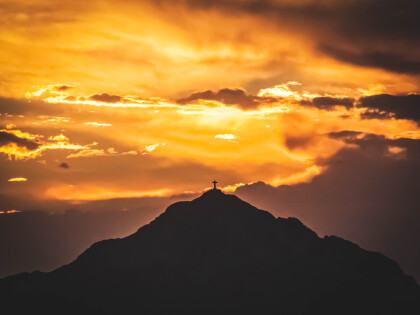


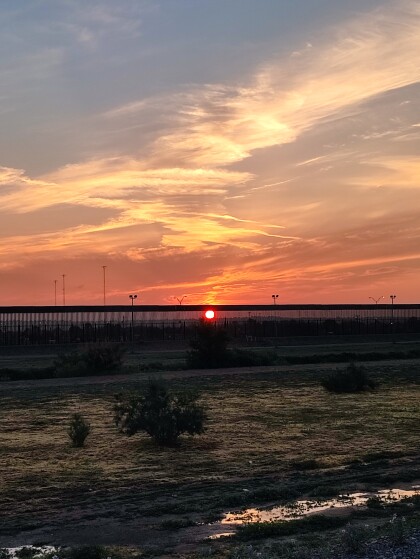
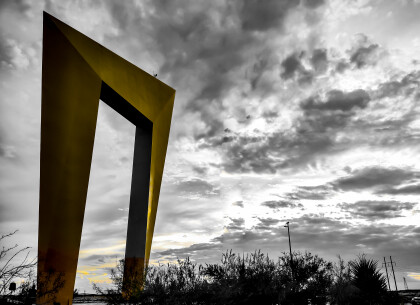
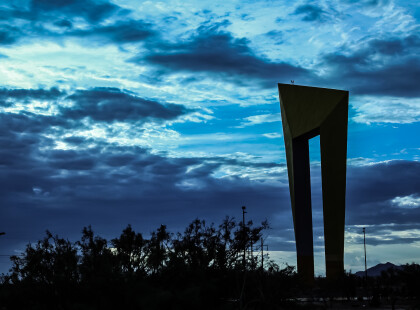

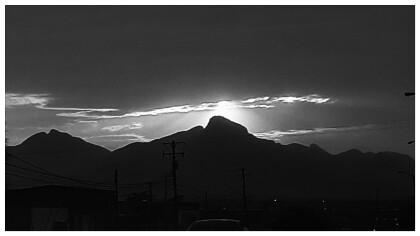
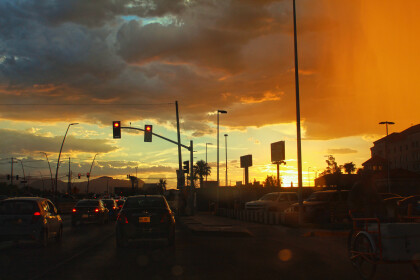
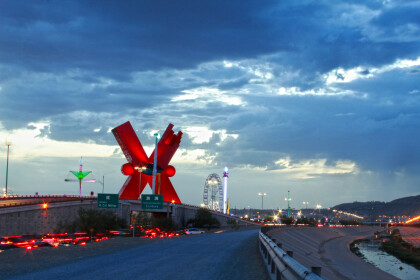
Comments
Add a comment